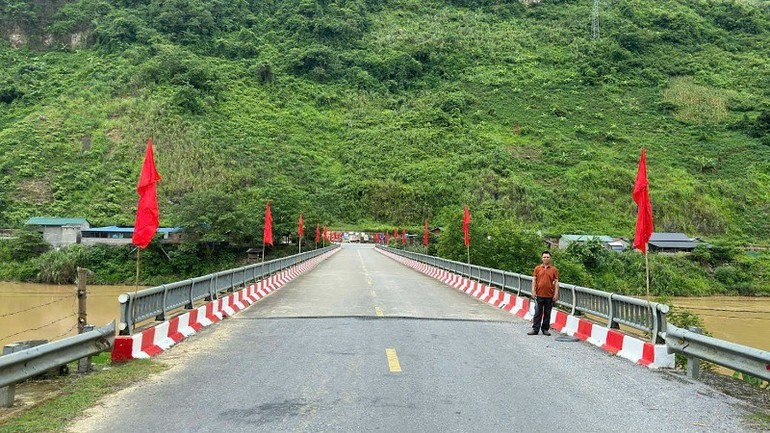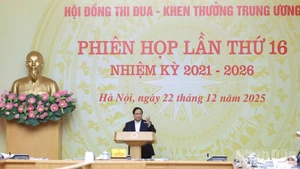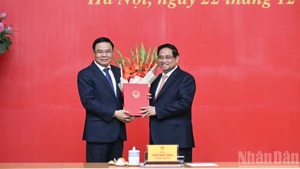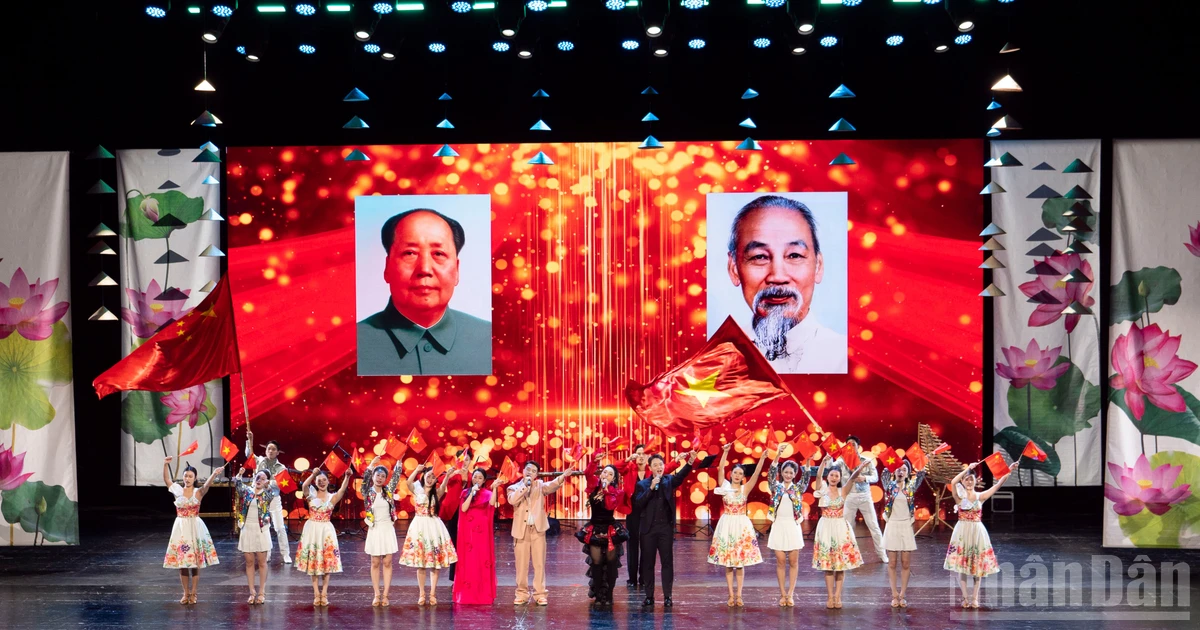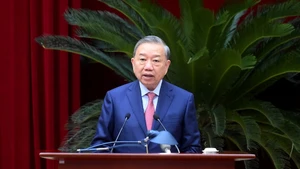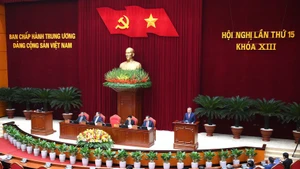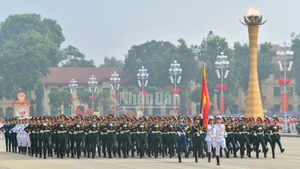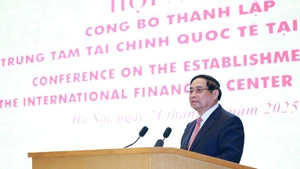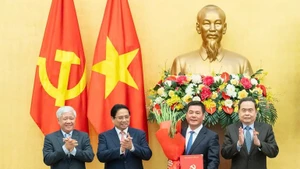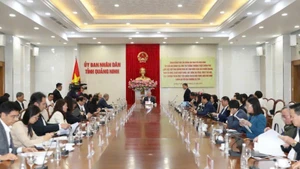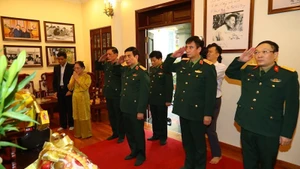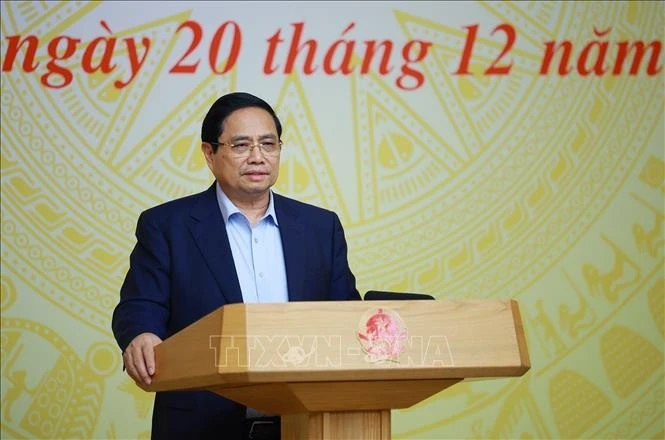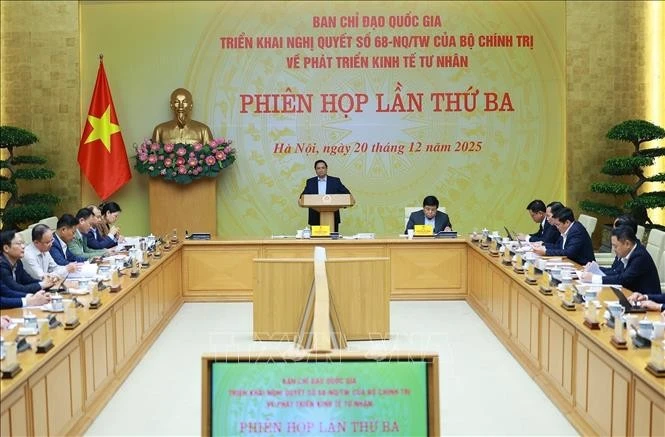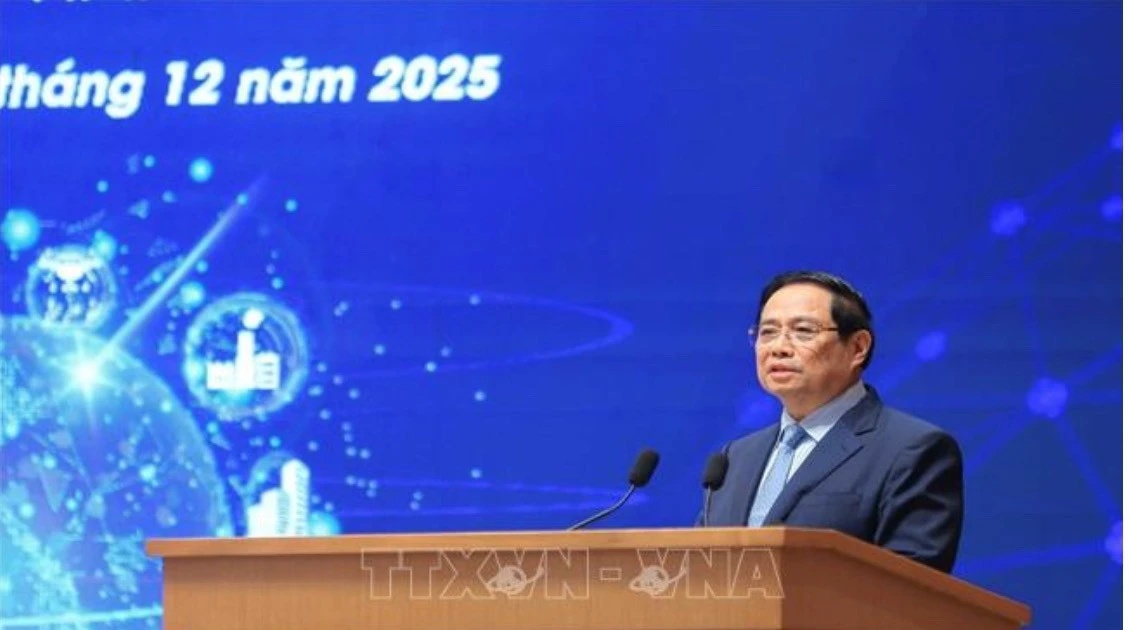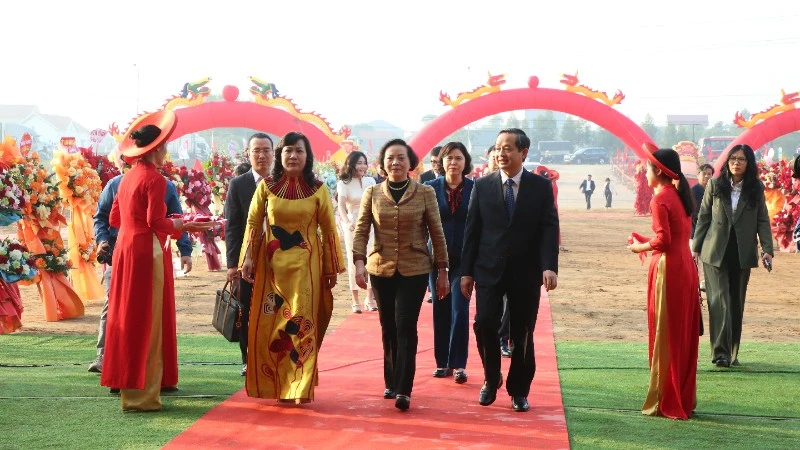We returned to Nam O village, Trung Chai Commune (Nam Nhun District) just a few days ago. Throughout the village, lively conversations about the commune merger could be heard.
Ly A Lau, village head and a respected elder of the Mang ethnic community, shared emotionally: “When we first heard about the merger plan, everyone was worried about losing the name of our old village and feared that the small Mang ethnic group would no longer receive the same attention. But after the officials explained everything, we felt reassured. Now, we believe the new Pa Tan Commune will improve everything – from electricity, roads, to schools for our children.”
According to the plan, the new Pa Tan Commune officially came into operation on July 1. It has nearly 8,800 residents living in 26 villages, representing 11 ethnic groups (H’Mong, Mang, Ha Nhi, Kinh, Dao, Pa Then, Cong, Thai, Muong, Tay, and Lao), with the Mang accounting for 9.5%. What the three pre-merger communes have in common is that they are all mountainous, border areas with sparse populations and communities facing significant difficulties. The Mang are among the four most disadvantaged ethnic groups in Lai Chau Province. Their livelihoods still rely mainly on shifting cultivation and their lives remain closely tied to long-standing customs and traditions.
Although some progress has been made, such as access to electricity, roads, and schools in many Mang villages, development has remained fragmented and lacking in connectivity. The merger into the new Pa Tan Commune is expected to act as a “bridge”, bringing remote villages closer together and creating a more unified and sustainable development space. In this new setting, residents will not only preserve their forests and cultural identity, but will also have better access to knowledge, healthcare, and administrative services.
Lu Van Quan, Secretary of the Pa Tan Commune Party Committee, said: “The new administrative headquarters located in Trung Chai is geographically the most reasonable choice. Although some villages are up to 20km from the commune centre, we will prioritise investment in transport infrastructure, schools and public services to ensure people are not left behind. Only then will the merger be more than just a change on paper – it will be a real transformation in people’s lives.”
The merger is not simply an administrative move, but also an opportunity for the Mang and other border ethnic groups to rise and thrive within the nation’s development stream. With the policy of streamlining the apparatus, enhancing governance efficiency, and focusing investment resources, the merger allows policies to reach every household in even the most remote highland areas. A strong, centralised local government will enable support programmes for especially disadvantaged groups like the Mang to be implemented consistently, avoiding fragmented and inconsistent approaches.
Tao Van Thoan, head of Pa Tan 1 village and an enthusiast of traditional ethnic culture, believes the merger is a chance for ethnic cultures to blend and flourish. “Though the country is changing, the people of villages like Nam Ban, Pa Tan, Nam Xao and Nam O still preserve the sounds of the H’Mong khèn, the Then folk songs with the tinh tau lute, and the echoing flutes of the Mang. Now, we embark on a new journey – one of both preserving our identity and embracing common development,” Thoan said.
When the Party’s vision aligns with the people’s will, a new commune in the far north-west is not only established – it also carries with it great aspirations: to ensure that no one is left behind on the path to progress.
